Arrow Clothing made its debut in 1851, initially concentrating on detachable collars in Troy, NY. By 1885, it had established itself as the premier collar manufacturer, paving the way for the Arrow brand's recognition. The launch of the memorable Arrow Collar Man campaign in 1905 significantly elevated the brand's visibility. Innovations such as the Sanforizing process, introduced in 1930, revolutionized fabric quality by enhancing durability. Throughout the decades, Arrow adapted and expanded its product line, producing military uniforms during WWII and later introducing a range of casual wear. At its height, the company had a profound local economic impact, although it ultimately closed its Troy plant in 2001. The legacy and influence of Arrow Clothing continue to resonate in the fashion industry today.
Origin and Evolution
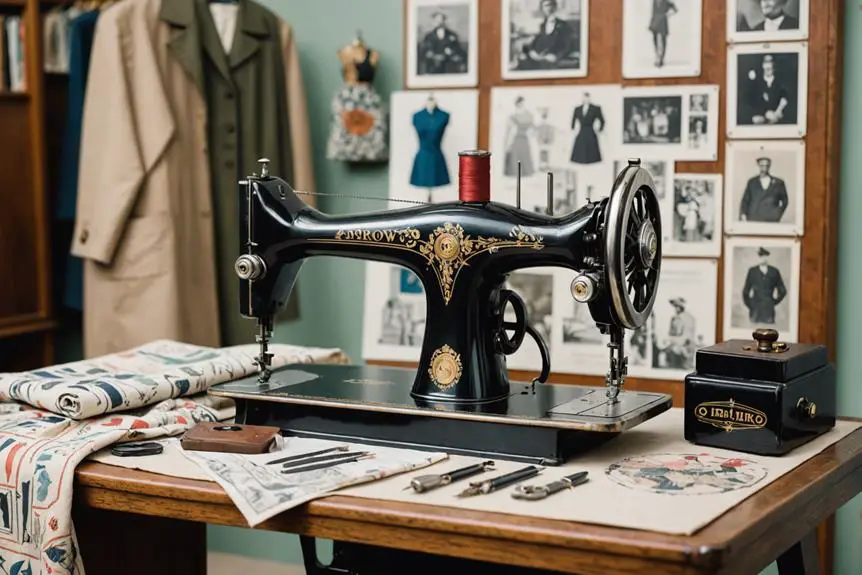
While many clothing brands have humble beginnings, the story of Arrow Clothing truly stands out. Founded in 1851 by Maullin & Blanchard in Troy, NY, Arrow initially focused on manufacturing detachable collars, a product that defined the era. As the demand for fashionable men's dress shirts grew, Arrow evolved, establishing its brand in 1885 and quickly becoming the largest collar maker globally. Known for its commitment to quality, Arrow's reputation grew alongside its innovative approach to garment construction, much like the craftsmanship of vintage brands.
The introduction of the Arrow Collar Man in 1905 marked a significant pivot point. This advertising icon not only popularized detachable collars but also solidified Arrow's presence in the market for decades. By the 1920s, the company recognized the shift in consumer preferences and began adapting to shirts, showcasing its adaptability in an ever-changing fashion landscape.
Innovation played an essential role in Arrow's evolution. With the development of the Sanforizing process in 1930, Arrow produced high-quality, shrink-resistant fabrics that resonated with customers. As the decades progressed, Arrow expanded its product line, incorporating a variety of men's and women's clothing, and thereby ensuring its relevance in the fashion industry. This combination of tradition and innovation has allowed Arrow to maintain a lasting legacy.
Key Historical Milestones
Arrow Clothing's journey is marked by several key historical milestones that reflect its growth and adaptability in the fashion industry. Established in 1851 as Maullin & Blanchard in Troy, NY, the company initially focused on manufacturing collars, particularly the innovative detachable collar. By 1885, the Arrow brand emerged, quickly becoming the largest collar maker worldwide. This significant leap not only established Arrow's reputation but also set the stage for its future expansion.
In 1905, the brand introduced the iconic Arrow Collar Man advertising campaign, which captivated consumers and entrenched Arrow in American culture for over two decades. This campaign was essential in enhancing brand recognition and loyalty. The introduction of the Sanforizing process by Sanford Cluett in 1930 marked another pivotal moment, revolutionizing fabric preparation and enabling the mass production of pre-shrunk shirts. This innovation allowed Arrow to meet growing demand efficiently, leading to peak production in the mid-20th century.
Marketing Strategies
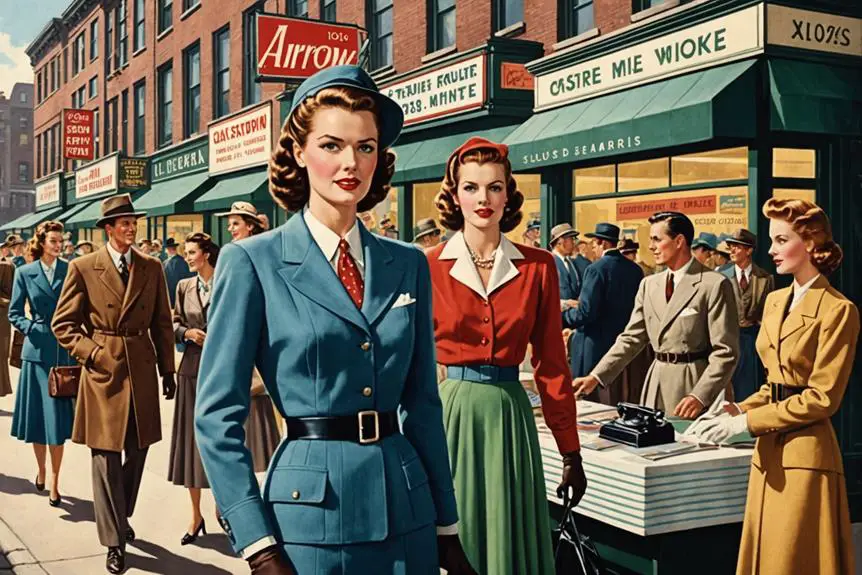
Throughout its history, Arrow Clothing has employed innovative marketing strategies that not only reflected the brand's identity but also resonated deeply with consumers. The hiring of J.C. Leyendecker in 1905 was a pivotal moment, giving rise to the Arrow Collar Man—a cultural icon that captivated audiences for over 20 years. This extensive ad campaign established a strong brand identity, generating thousands of fan letters and creating an emotional connection with consumers.
As fashion trends evolved, so did Arrow's marketing strategies. The brand shifted focus from solely promoting collars to showcasing both collars and shirts, emphasizing style and functionality. Arrow effectively leveraged visual marketing techniques to align with the youthful optimism of the American spirit, ensuring its relevance in a constantly changing market.
| Era | Marketing Strategy |
|---|---|
| 1905-1925 | Launch of the Arrow Collar Man |
| 1930s-1940s | Emphasis on both collars and shirts |
| 1950s | Visual marketing to connect with youth |
| 1960s | Adapting to changing fashion trends |
| 1970s-Present | Ongoing innovation in advertising techniques |
These strategies showcase Arrow's commitment to evolving with consumer preferences while strengthening its brand identity.
Innovations in Manufacturing
Revolutionizing the shirt manufacturing process, Arrow Clothing has consistently embraced innovations that address consumer needs and enhance production efficiency. One of the groundbreaking advancements was the Sanforization process, developed in 1930 by Sanford Cluett. This technique effectively prevented fabric shrinkage, markedly boosting customer satisfaction and streamlining production. At its peak, Arrow produced approximately 67,700 dozen shirts weekly, a testimony to the effectiveness of these manufacturing innovations.
In a world where consumer preferences shift rapidly, Arrow adapted by shifting from detachable collars to soft attached collars in the post-WWI era. This change wasn't just stylistic; it reflected a deeper understanding of what you, the consumer, wanted regarding comfort and practicality. Moreover, Arrow's decision to contract production from Korea added an impressive 31,000 dozen shirts to their weekly output, showcasing their agility in global manufacturing practices.
Arrow's commitment to continually refining its manufacturing techniques has guaranteed that its shirts are not only durable but also easy to care for. By staying ahead of market demands, Arrow Clothing has carved a niche for itself, merging tradition with innovation in the ever-evolving apparel landscape.
Product Diversification
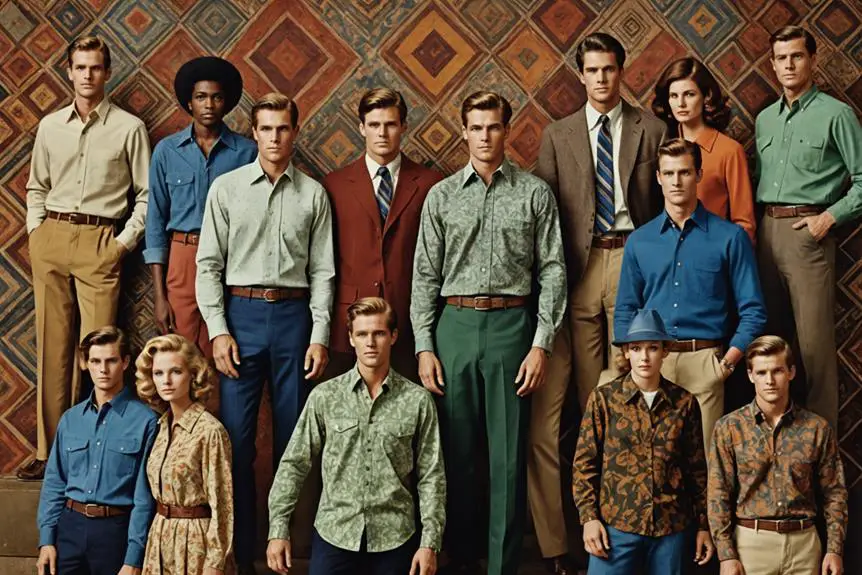
The evolution of Arrow Clothing's product diversification reflects a keen awareness of shifting consumer demands and market trends. You can see how Arrow adapted over decades, evolving from its core offerings into a broader range of styles and categories that resonate with contemporary buyers.
- In the 1930s, Arrow introduced sports shirts with open collars, catering to changing fashion preferences.
- During World War II, the brand showcased its adaptability by producing military uniforms.
- Post-war, Arrow expanded into casual wear, including slacks, shorts, and jackets, aligning with evolving lifestyles.
- The introduction of button-down collar shirts added significant appeal to the professional market, enhancing their lineup of mens shirts.
- More recently, Arrow's foray into women's clothing reflects a strategic move to diversify its market reach.
These strategic decisions illustrate how Arrow's product diversification not only meets the needs of a diverse consumer base but also positions the brand as a dynamic player in the fashion industry. By consistently responding to trends and demands, Arrow has guaranteed its relevance and success across generations.
Economic Impact
Arrow Clothing's journey through product diversification not only shaped its brand identity but also greatly influenced the economic landscape of the regions where it operated. By the mid-20th century, Arrow became the leading menswear shirt brand in America, achieving impressive sales of $87 million by 1955. This success was significant for the local economy in Troy, NY, where thousands of women contributed to the garment industry through sewing factories. Troy's nickname, "Collar City," highlights its dominance in collar manufacturing, which was essential for both Arrow's growth and the region's economic importance.
The accessibility of transportation and the area's population density further facilitated the expansion of the garment industry, creating jobs and fostering a thriving local economy. However, the eventual decline of Arrow's manufacturing in Troy, particularly with its move to Georgia, mirrored broader trends in outsourcing that impacted local economies across the nation. This shift not only diminished Troy's economic base but also underscored the fragile connection between successful brands and their communities. Ultimately, Arrow's economic impact reflects the complex interplay between a thriving shirt brand and the local workforce that supported its rise.
Legacy and Remembrance
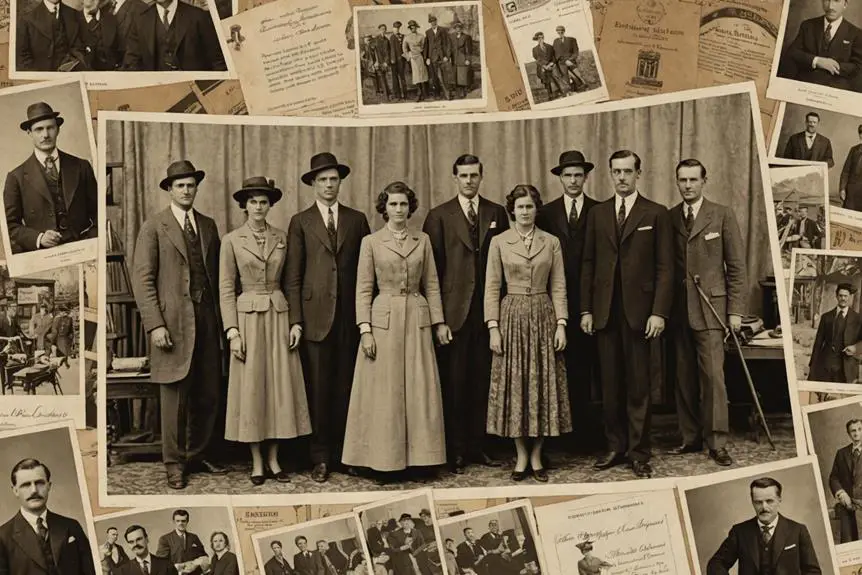
Transforming from simple detachable collars to a globally renowned line of dress shirts, Arrow Clothing has left an indelible mark on American fashion history. Its legacy resonates deeply in Collar City and beyond, reflecting both economic and cultural significance. The unique craftsmanship and attention to detail in Arrow shirts can be paralleled with the characteristics found in vintage clothing labels, showcasing the importance of brand history and authenticity in menswear. You can see Arrow shirts as more than just clothing; they symbolize a rich heritage:
- A pivotal player in American menswear evolution
- Sales reaching $87 million by 1955, illustrating economic impact
- The end of Cluett Peabody's Troy operations in 2001, marking 138 years of local manufacturing
- Celebrated local narratives honoring women's contributions in textiles
- Remnants of the plant standing as reminders of a bygone era
This legacy nurtures local pride. The community remembers Arrow's role in shaping identity, with the closure of its operations leaving a historical void. The stories of those who worked in the factories, especially women, are woven into the fabric of Collar City. As you reflect on Arrow shirts, recognize how they represent more than just fashion; they embody a collective memory of craftsmanship, resilience, and an era that defined American style.
Community Engagement
Honoring the rich legacy of Arrow Clothing fosters a deeper connection within the community, sparking engagement that reflects its historical significance. The Kitchener Public Library's "Stories That Move You" series is a prime example, celebrating local history and enhancing community engagement by showcasing Arrow's contributions. As you participate in these discussions, you gain insight into the industrial production that once dominated the region. Understanding the importance of vintage tag identification further enriches this narrative, allowing community members to appreciate the craftsmanship behind Arrow's clothing.
The launch of the ION service further emphasizes this connection, featuring curated collections that highlight Kitchener's historical narratives, including Arrow Clothing's manufacturing heritage. Community events encourage you to explore these themes, fostering a bond between residents and the city's industrial past.
The transformation of the Arrow factory site into Arrow Lofts represents a tangible shift from industrial production to residential development, prompting crucial conversations about urban evolution and community identity. Additionally, local narratives shine a light on the pivotal role women played in the textile industry, underscoring Arrow Clothing's impact on the community's economic development. By engaging with these stories, you help preserve the local heritage that continues to shape Kitchener today.
Frequently Asked Questions
What Is the History of Arrow Clothing Brand?
You'll discover that Arrow Clothing's evolution reflects innovation and adaptability, from its early detachable collars to pioneering shirt manufacturing processes. Each phase highlights how it's shaped its identity and remained relevant in the fashion industry.
What Happened to Arrow Brand?
You'll find Arrow brand experienced several ownership changes, from WestPoint Pepperell to Phillips-Van Heusen, each reshaping its strategy. In 2021, Authentic Brands Group acquired it, signaling another significant shift in its business trajectory.
Who Owns Arrow Clothing?
You'll find that Arrow Clothing is currently owned by Authentic Brands Group, which specializes in brand management. This ownership allows Arrow to expand its global presence, enhancing its reach in the competitive apparel market.
What Is the History of the Arrow Company?
Arrow's journey began in 1851, evolving from detachable collars to a prominent menswear brand. By innovating processes like Sanforizing, it considerably reshaped the shirt industry, adapting to consumer trends and expanding its global presence through ownership changes.
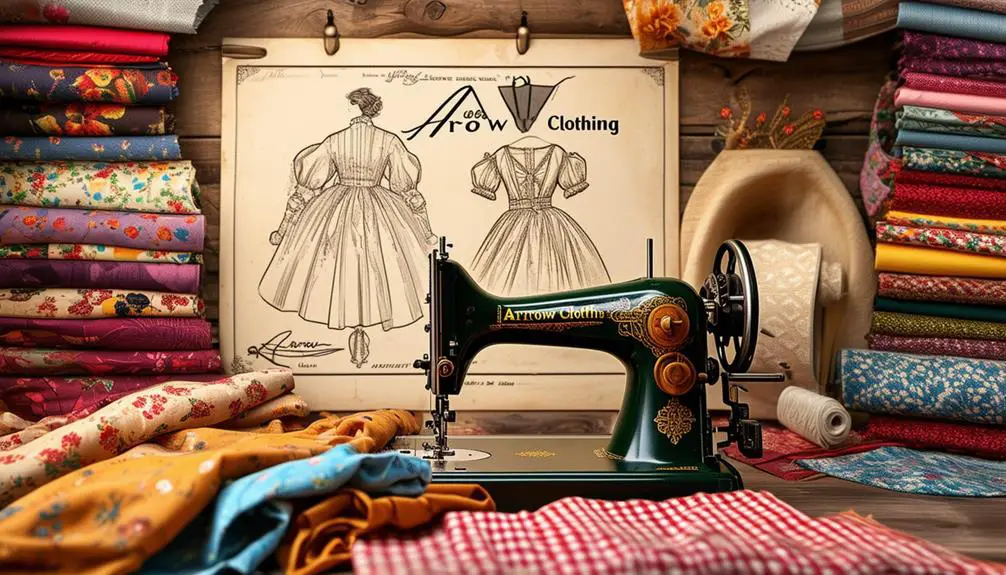

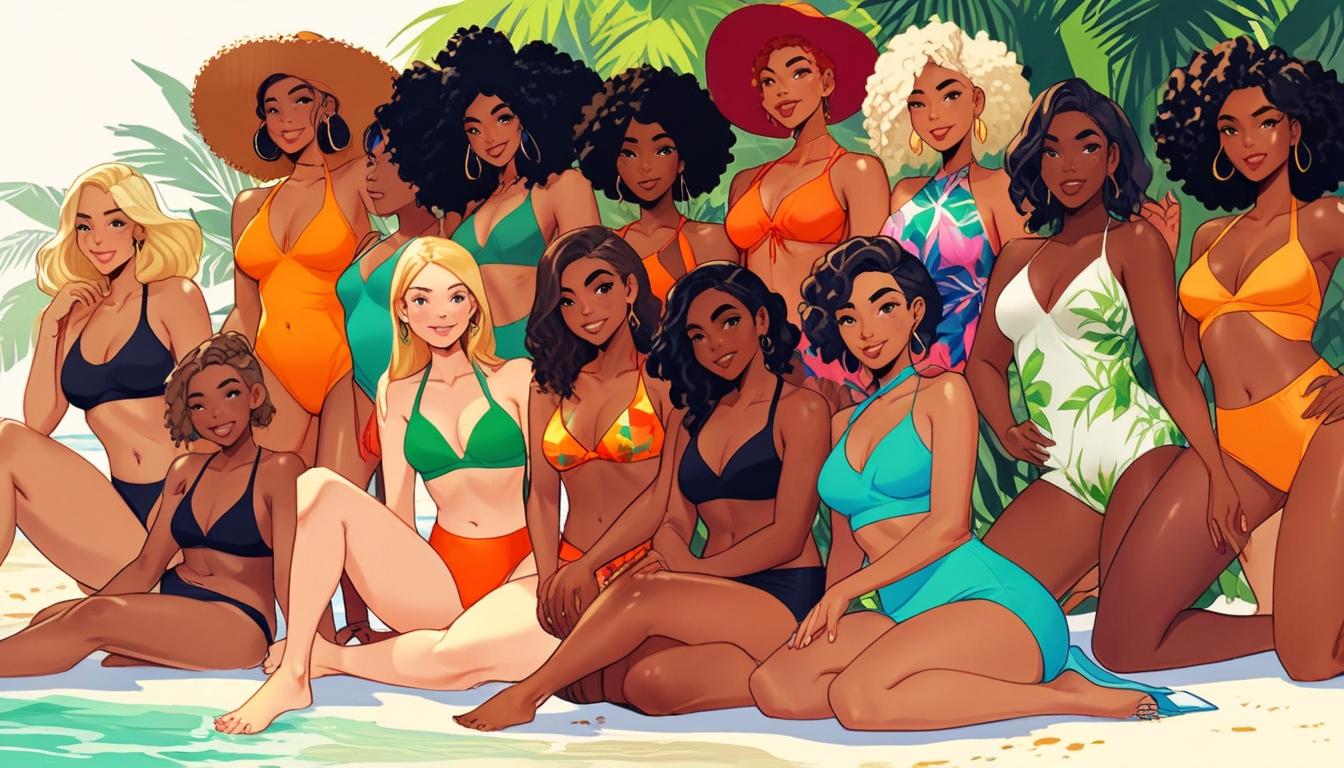
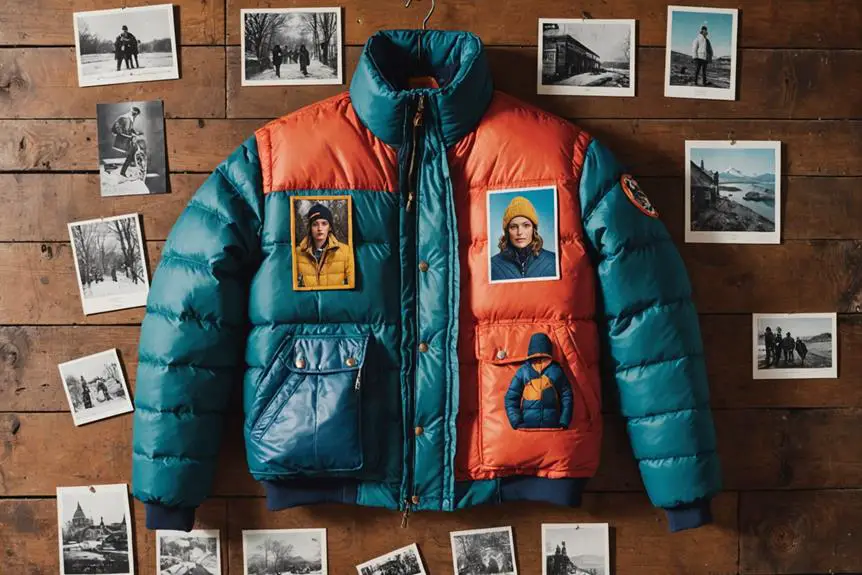

Thanks for sharing. I read many of your blog posts, cool, your blog is very good.